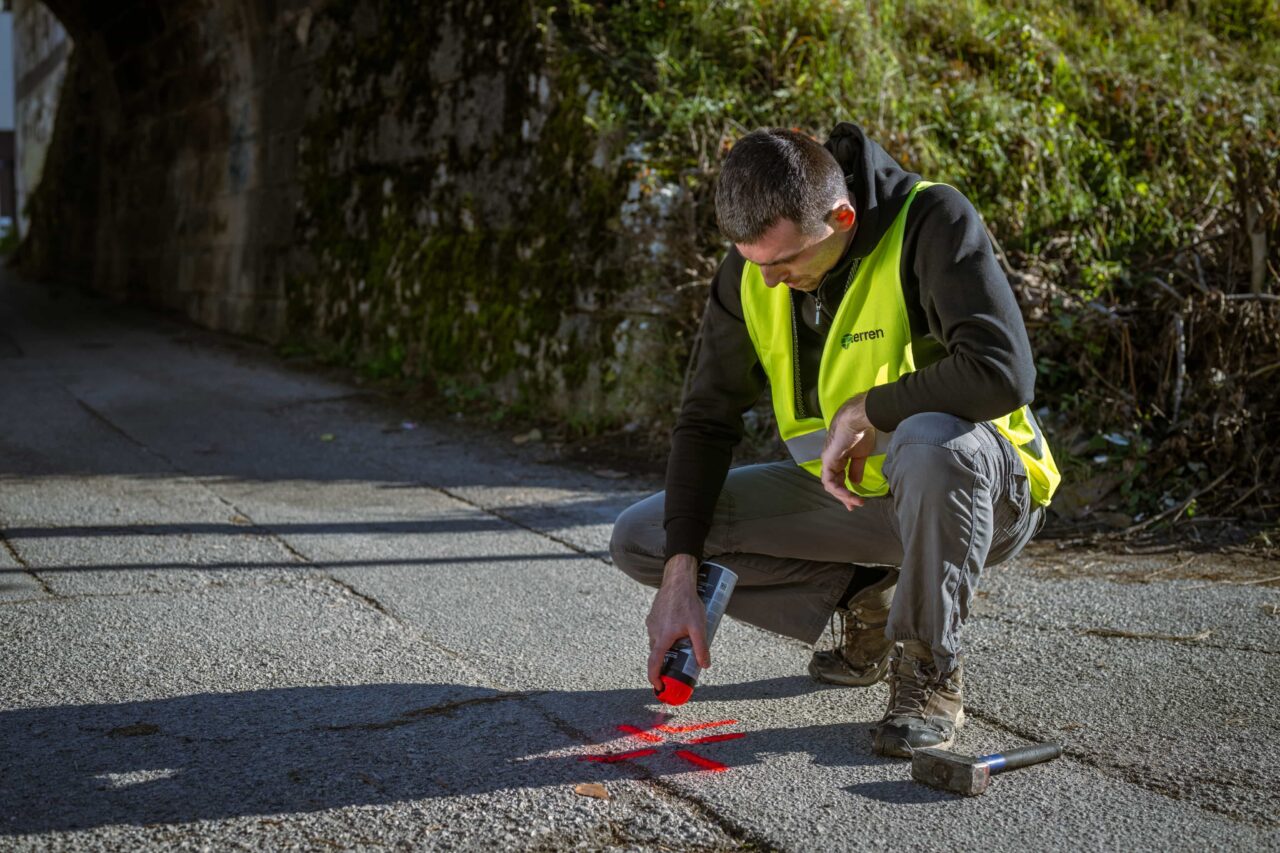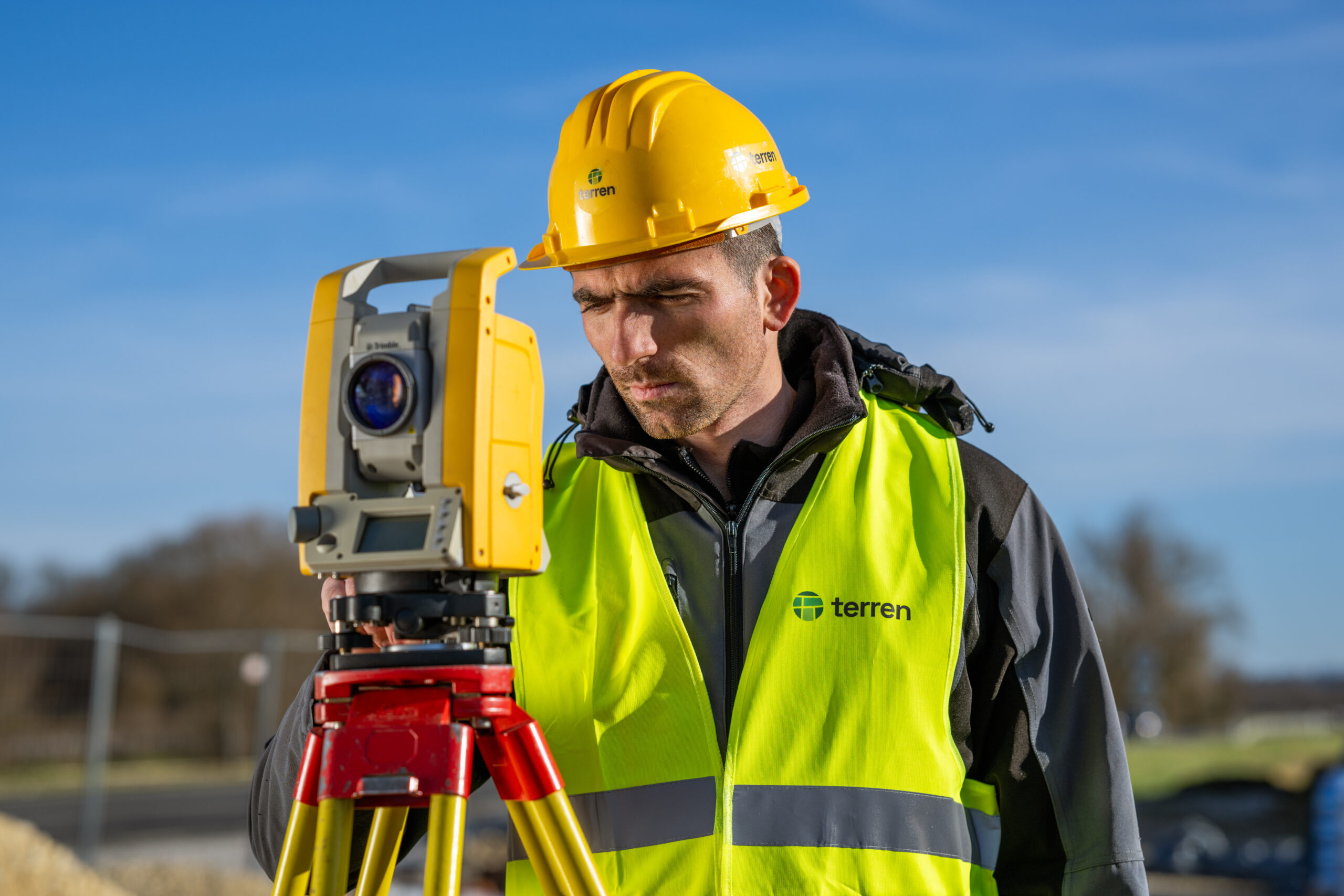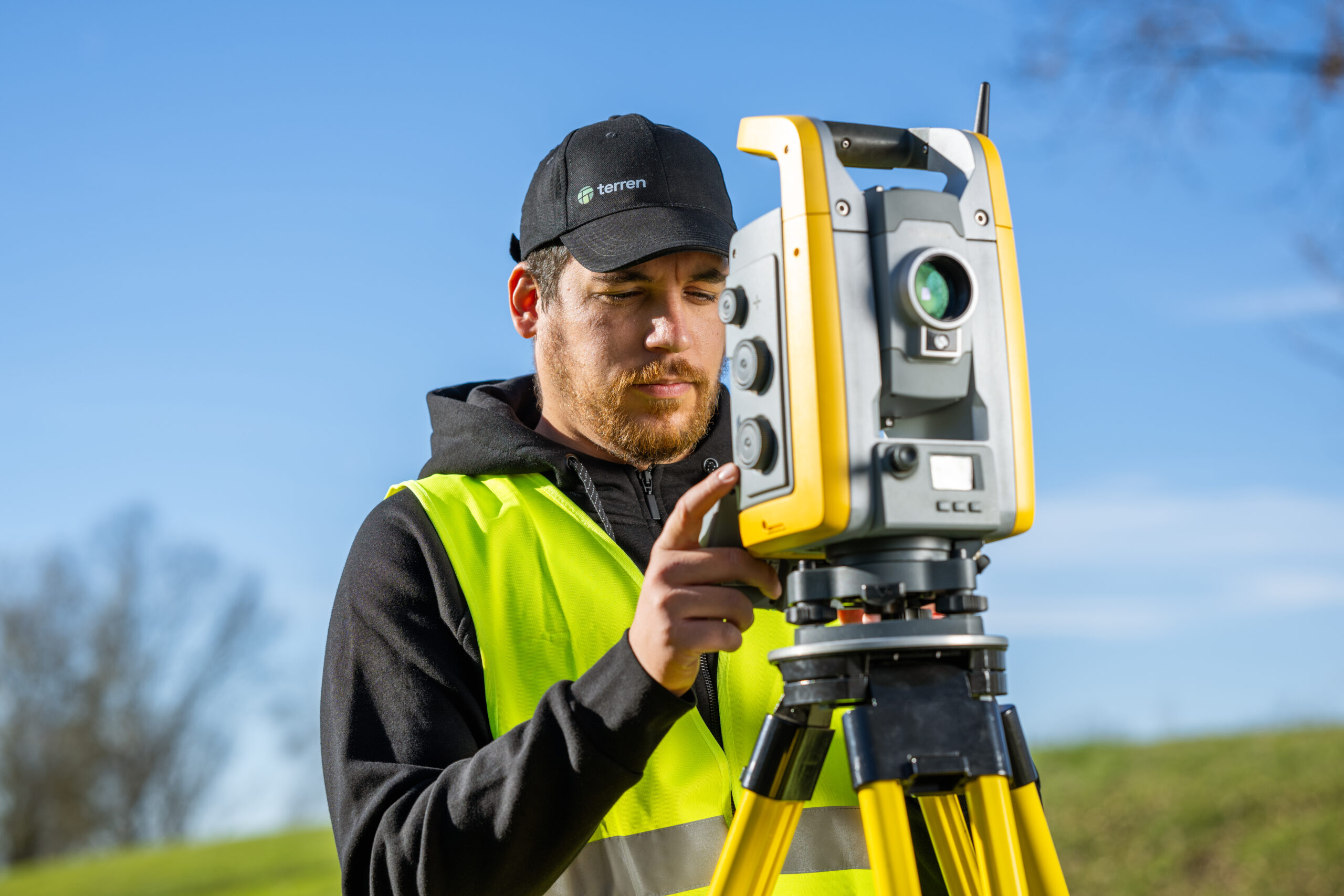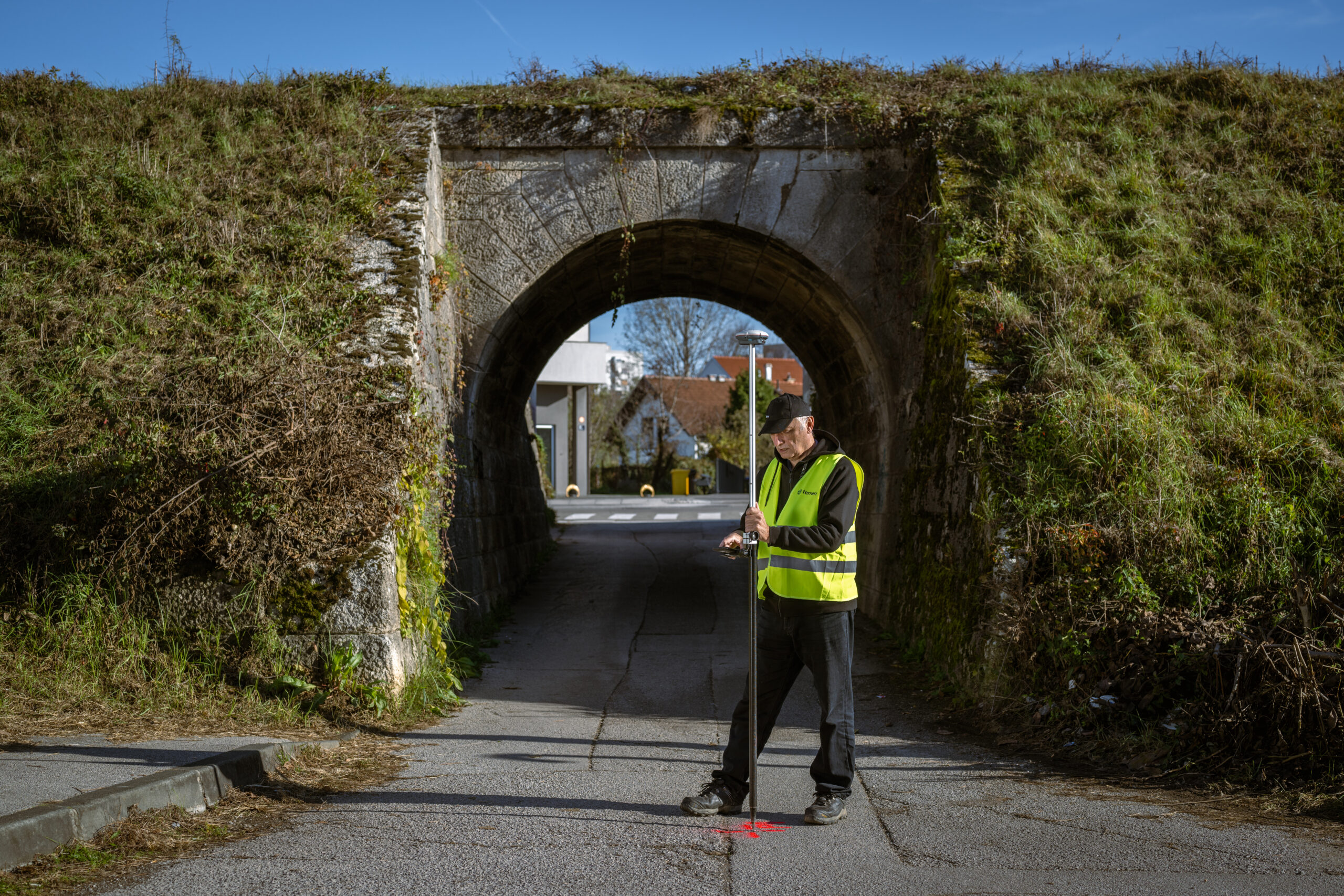Our precision is our responsibility
Land subdivision
Land subdivision (division or merger) is a process in which land is divided into smaller parcels or merged (consolidated) into parcels of a larger area, and is carried out through geodetic surveys.

When is the parcelization procedure necessary?
01
If the plot is co-owned and it is necessary to divide it into parcels so that each co-owner can independently dispose of their share
02
When an object is located on 2 or more particles and it is necessary to merge the particles
03
For the implementation of the location permit
04
For the implementation of the building permit
05
For the implementation of the decision on the determination of the building plot
06
For the implementation of court judgments, etc.

What does the process of creating a study look like?
01
Preparation and analysis of documentation
Collection of the necessary documents: excerpts from the land register, cadastral plans, urban plans and legal bases (location permit, decision on determining the building plot, etc.). Checking the situation in the cadastre and land registers in order to determine the actual status of the registration and possible inconsistencies.
02
Agreement with the client and definition of subdivision goals
Determining the purpose of the subdivision (e.g. preparation for sale, construction, harmonization of the actual and legal status). Defining the desired new boundaries and methods of land division.
03
Field trip and geodetic survey
An authorized geodetic company will go out to the field with advance notification of the neighbors of the boundary. Field data collection: recording of existing boundaries, buildings, boundary signs and other terrain characteristics.
04
Preparation of a parcelling study
Drafting of a proposal for new plots in accordance with the actual situation, legal regulations and the client’s requirements. Coordination of the proposal with the client and, if necessary, with local authorities (e.g. urban planning department). Preparation of technical documentation of the study, which includes: forms for entering new data into the cadastre and land register, graphic representations of the existing and new situation, calculation of areas, table of data on old and new plots,
05
Implementing changes in the cadastre and land registry
Submission of the prepared study for review and verification to the competent cadastral office. The cadastre carries out technical control of the correctness of the study and compliance with regulations. After verification of the study, the competent cadastral office carries out the registration of new plots in the cadastre. The data is then submitted to the land registry department of the competent court for the purpose of implementing the registration of new plots in the land registry.
06
Submission of the solution to the client
Delivery of the prepared and certified study to the client. If necessary, additional assistance to the client in communicating with the court or other institutions.
Testimonials
Customer satisfaction is our top priority.
Based on focused and dedicated work within set deadlines.



Purpose
Depending on the purpose of the land, there are two types of subdivision: subdivision of construction land and subdivision of agricultural land.
01
The subdivision of construction land is carried out in accordance with spatial and urban plans, location and building permits, a decision on the determination of a building plot, etc.
Also, the subdivision of construction land can be carried out in accordance with Article 25 of the Law on State Survey and Real Estate Cadastre (ZDIKN). Subdivision in accordance with Article 25 of the ZDIKN can be carried out on plots that have not previously been formed on the basis of a location permit or some other spatial planning act.
The authorized geodesy engineer submits the subdivision study of the construction land to the competent construction office for confirmation, and then to the cadastre.
02
The subdivision of agricultural land is not subject to the requirements of spatial or urban plans, and according to the Agricultural Land Act, the minimum area of an agricultural plot that can be formed by a geodetic study is 1 ha (1 ha = 10,000 m2). So, if you have an agricultural plot with an area of, for example, 7,500 m2, it cannot be divided into smaller plots. The above rule does not apply only in cases of allocating agricultural land for the construction of infrastructure and other buildings, and in the case of inheritance.
If you have several agricultural plots, they can be merged into a single plot and the area of the new plot can be less than 1 ha.
The authorized geodesy engineer submits the agricultural land subdivision report to the competent cadastre office for confirmation.
FAQ
How much does a parceling study cost?
The price is defined depending on the purpose, location, size of the plot, compliance with the cadastre and land registry, etc.
When planning to seek the services of a surveyor, the basic information you need to prepare is the cadastral plot number and the name of the cadastral municipality or the address of the building (if there is a building on the plot). Based on the information about the plot and the purpose of the study, the surveyor will be able to tell you what documents you need and what the price of the service will be.



